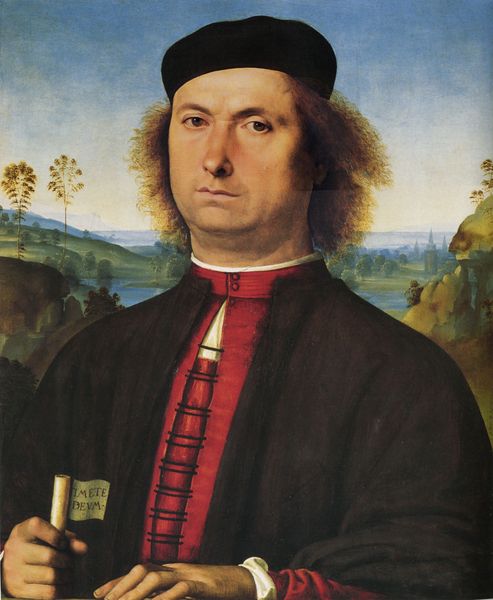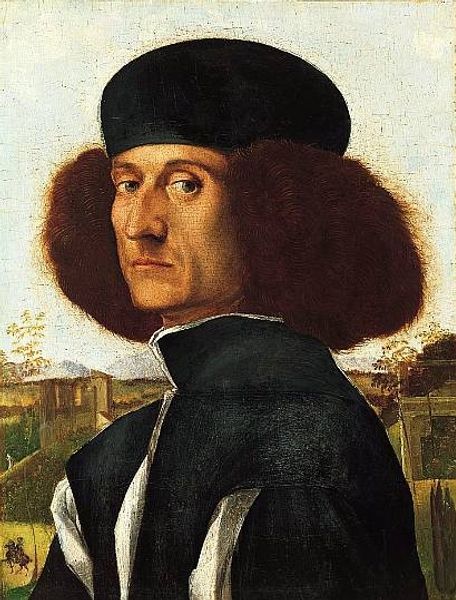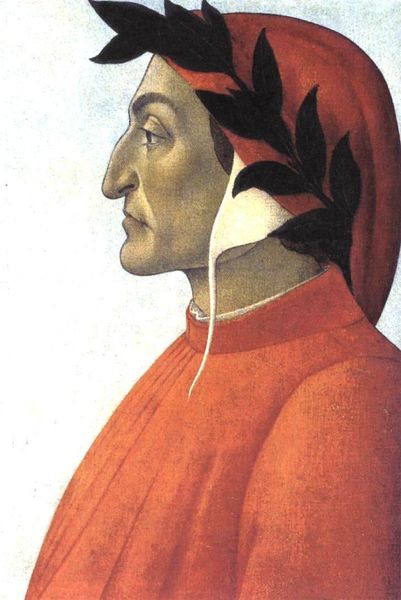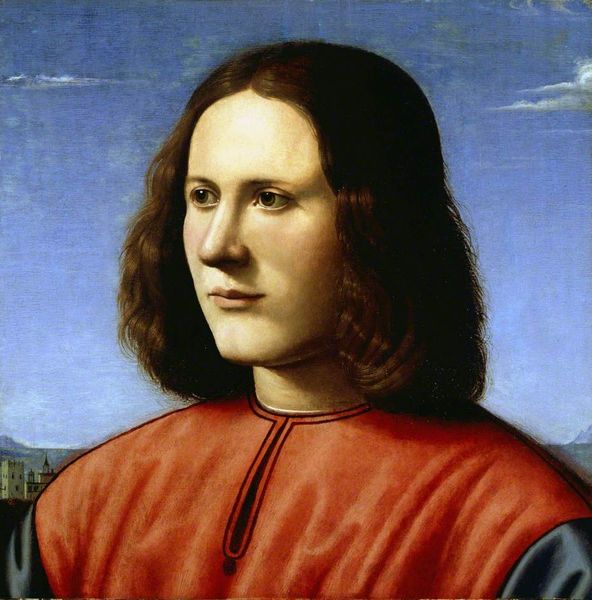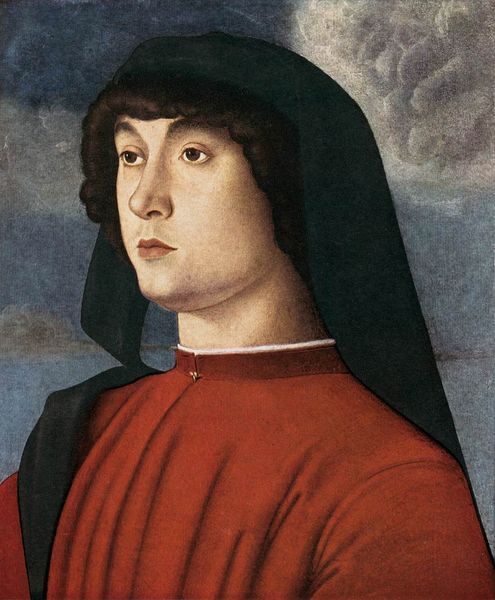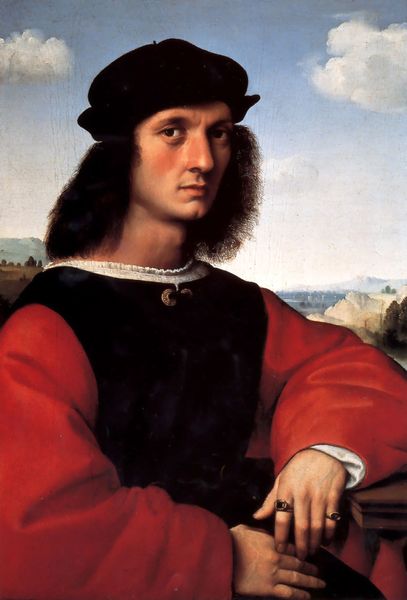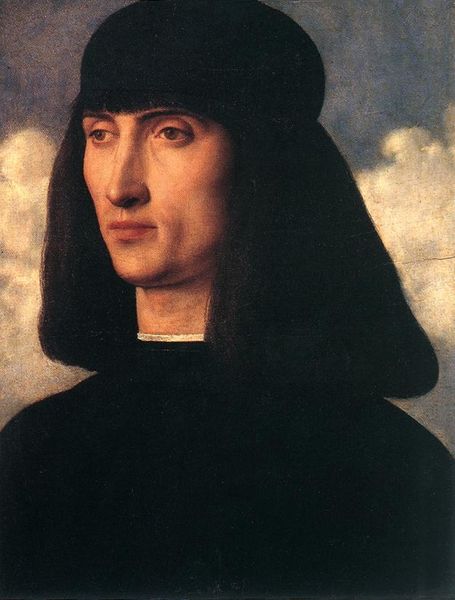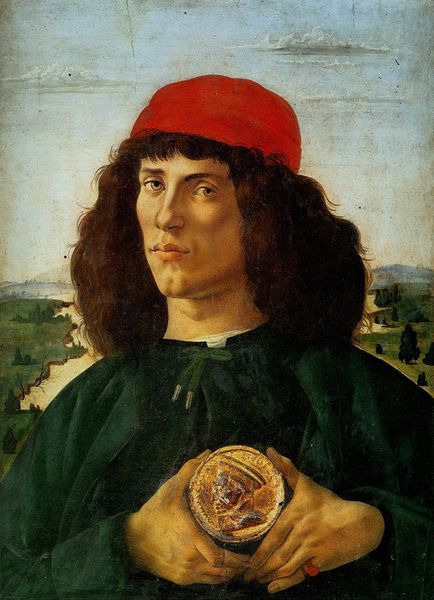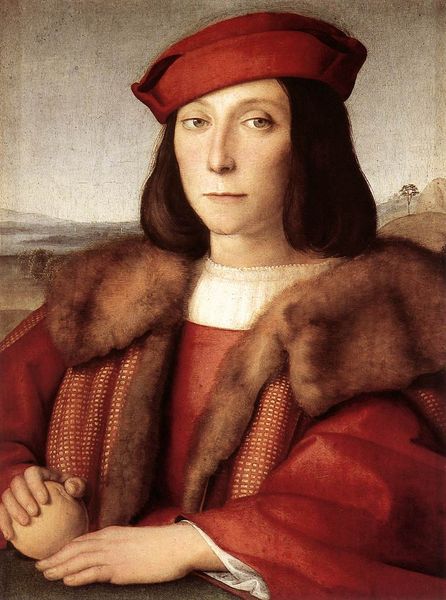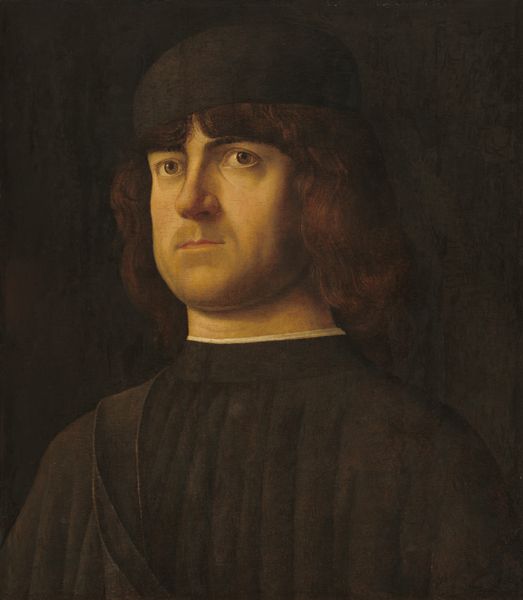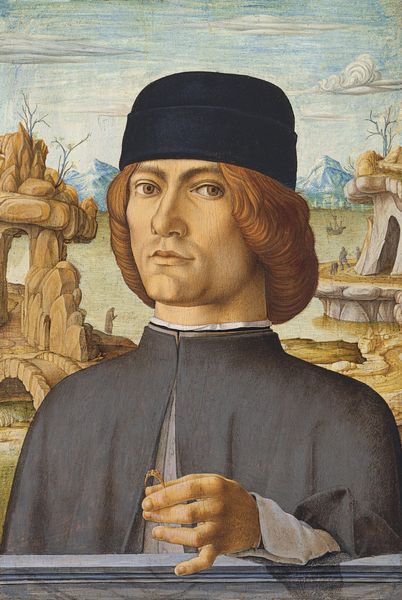
painting, oil-paint
#
portrait
#
portrait
#
painting
#
oil-paint
#
figuration
#
11_renaissance
#
italian-renaissance
#
realism
Dimensions: 35 x 23 cm
Copyright: Public domain
Curator: Standing before us is Vittore Carpaccio's "Portrait of an Unknown Man with Red Beret," painted around 1493. It resides here, in the Museo Correr, Venice. Editor: Immediately, the sitter's gaze is what strikes me. There's an intensity, almost melancholy, coupled with that rich, almost assertive red beret. The softness of the landscape behind him softens the effect, yet somehow deepens the mystery. Curator: Carpaccio painted during a transformative period in Venice. This work comes from the cusp of the early and High Renaissance, when Venice was a flourishing trade hub and the ideals of humanism were rapidly permeating the arts. This portrait reflects the Renaissance interest in the individual, particularly those of noble standing or intellectual importance. Editor: Yes, and in that individual we see echoes of broader power dynamics. Look at the way his status is asserted, yet simultaneously veiled by his 'unknown' identity. Who gets memorialized, who gets forgotten – it's a loaded question that paintings such as this confront us with even now. His face also feels so exposed somehow, doesn't it? Almost vulnerable despite the fine garments. Curator: Indeed. The precise depiction of fabrics and details, as well as the landscape that we see here – that acts to not just ground him but signal a sophisticated understanding of space and perspective—skills being actively honed during this time by Venetian painters such as Carpaccio. The meticulous technique certainly elevates the sitter’s status, regardless of whether we know his name. It's also interesting to note the clear northern influence, likely acquired in Venice itself as many northern European painters moved south in search of patronage. Editor: I'm curious how modern audiences might read his slightly parted lips or wide set eyes. Do they project something subversive into the work? Are we predisposed to search for a politics in an historical painting which, perhaps, didn't set out to overtly offer that? The construction of identity here – it feels surprisingly familiar, yet deeply rooted in the specific historical context that shaped the world’s image of Venice. Curator: These dialogues are precisely what make viewing art across the centuries so engaging: we grapple with how an artist situated in their moment makes something meaningful that carries through the years and resonates even now. Editor: And how our perspectives as viewers will forever colour that encounter. A conversation across time. Fascinating!
Comments
No comments
Be the first to comment and join the conversation on the ultimate creative platform.

